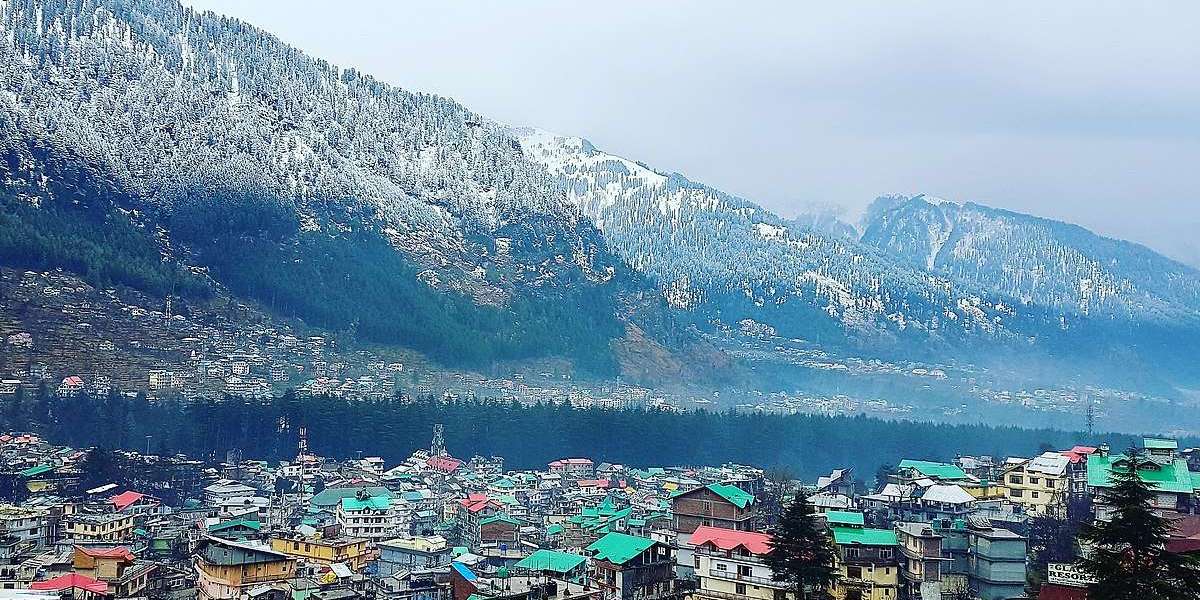Introduction
It’s just a map and a guess—how hard could it be? That’s the question many players ask themselves before their first round of Worldle game, the viral geography guessing game that’s quietly taken over browsers, classrooms, and coffee breaks around the world. At first glance, the game seems deceptively simple: you see the silhouette of a country, and you guess which one it is. But as a game developer, I can tell you—it’s that simplicity that makes it so effective.
You’re not just identifying shapes—you’re engaging in spatial problem-solving, memory recall, and pattern recognition. And that trifecta? It’s pure game design gold. So how did a game based on country outlines, with no flashy graphics or storylines, end up capturing the hearts and minds of players worldwide? Let’s break it down.
A Quick Look at Worldle: What Is It?
At its core, Worldle game is a daily geography challenge. The game shows you the blacked-out outline of a country or territory, and you have six chances to guess what it is. After each guess, Worldle provides directional hints (think arrows pointing “northeast” or “southwest”) and distance clues—how far your guess was from the correct location, measured in kilometers.
The format is clearly inspired by Wordle, but the mechanics are tuned for spatial thinkers rather than wordsmiths. As a developer, I admire how it uses minimal design and intuitive logic to deliver a challenge that feels both fresh and familiar. There’s no need for elaborate tutorials or gimmicks. You learn by doing, which is exactly how great game design should work.
Why Simplicity Wins
As someone who’s built games, I can say that creating a simple game that’s genuinely engaging is one of the hardest things to pull off. Worldle succeeds because it doesn’t overcomplicate things. No user account needed. No ads cluttering your screen. Just gameplay that speaks for itself.
This stripped-down format forces the core mechanic to carry the experience—and in Worldle’s case, it absolutely does. It’s elegant. Every element serves a clear purpose. It’s the kind of clarity in design that I strive for in my own projects.
Players aren’t distracted by noise. They’re locked into the experience, focused on deduction and exploration.
Gameplay Mechanics That Hook You
One of the smartest things Worldle does, in my opinion, is how it delivers feedback. When you guess, it doesn’t just say “wrong.” Instead, it gives you direction and distance—two incredibly intuitive clues that invite players to think critically.
This feedback loop creates a layer of strategy that’s both mentally satisfying and addictive. You start forming hypotheses. You’re not blindly guessing—you’re actively triangulating.
From a design standpoint, this is brilliant. It gives players just enough information to feel empowered but not so much that it removes the challenge. That delicate balance? It’s exactly what keeps players coming back day after day.
A Game That Teaches Without Preaching
Not every game needs to be educational, but when a game teaches as a side effect of great mechanics? That’s the sweet spot.
Worldle turns geography into a personal puzzle. And the magic is—players often don’t realize how much they’re learning. That’s not an accident. It’s the result of intentional design choices that reward curiosity.
I've seen how powerful this kind of design can be in my own work. When you build mechanics that naturally lead players to discover new ideas, they become intrinsically motivated to learn more. That’s what Worldle nails.
You start recognizing obscure island nations. You begin to notice the shape of landlocked countries. Before long, you’re building a mental atlas—and enjoying every second of it.
Why Developers Love This Model
From a developer's perspective, what Worldle has achieved is remarkable. It's lightweight, low-maintenance, and infinitely replayable. A single puzzle per day creates scarcity, which increases engagement. The design avoids burnout while encouraging routine.
This daily-drip model is something more developers are embracing—not just because it’s easy to manage, but because it creates a consistent player habit. And when players come back day after day? That’s when your game becomes part of their lives.
You also can’t overlook how well Worldle fits modern digital behavior. It’s fast. It’s social. It’s mobile-friendly without needing an app. That level of frictionless access is crucial in today’s gaming landscape.
Social, But Not Overbearing
Unlike heavily gamified social platforms, Worldle gives players a way to share results without pressure. The visual grid of guesses and distances sparks conversation, but it doesn’t rely on followers, likes, or in-game currency to drive engagement.
This low-pressure social element is something I think more developers should pay attention to. It encourages connection without becoming competitive or draining. It’s social in the purest sense—sharing for fun.
Learning Through Loss
What’s also refreshing is how Worldle handles failure. You don’t get punished for being wrong—you just get more information to help you course-correct.
This is huge from a design standpoint. It reinforces a growth mindset, rewarding effort and curiosity rather than punishing imperfection. In my own game development, I aim for this kind of environment—where players feel safe to experiment and learn.
Even when you don’t win, you gain knowledge. And that alone can feel like a win.
A Family of Games Born From One Design
Of course, success breeds inspiration. Worldle has given rise to an entire genre of geography-based games, each exploring a different layer of the world map. Globle, Flagle, and Citydle are just a few examples that riff on the original’s core idea in creative ways.
I see this as a testament to how strong the original concept is. As a developer, I love seeing how a tight mechanic can serve as a foundation for entirely new ideas. It’s proof that constraints—like focusing on geography—can actually drive innovation, not limit it.
And with modern development tools, it’s never been easier for solo creators to build and launch small games with big reach. That’s part of the magic here. Worldle didn’t come from a massive studio—it came from smart, thoughtful design choices.
Final Thoughts: Why It Stuck With Us
In a time when games are becoming bigger, louder, and more monetized, Worldle reminds us that a well-executed idea can go further than all the bells and whistles combined.
It’s a perfect blend of simplicity, strategy, and curiosity. It invites you to engage—not just with the game, but with the world itself. And as a developer, that’s exactly the kind of impact I aspire to create.
The fact that it’s become a global ritual speaks volumes. Worldle isn’t just a game—it’s a shared moment of learning, reflection, and joy. So next time you see that tiny silhouette pop up in your browser, pause for a second. Appreciate the design. Appreciate the challenge. And maybe take one more wild guess—you might just be closer than you think.



